Dill (Anethum graveolens) is a flavorful herb cherished for its aromatic leaves and seeds. It’s widely used in culinary dishes, traditional medicine, and pickling processes across many cultures. Despite its modest appearance, dill is a global commodity cultivated in many countries for both domestic consumption and export. But the big question remains: Which country is the largest dill producer in the world? Let’s dive into the data, farming practices, and global dynamics to uncover the answer.
Introduction to Dill: A Brief Overview
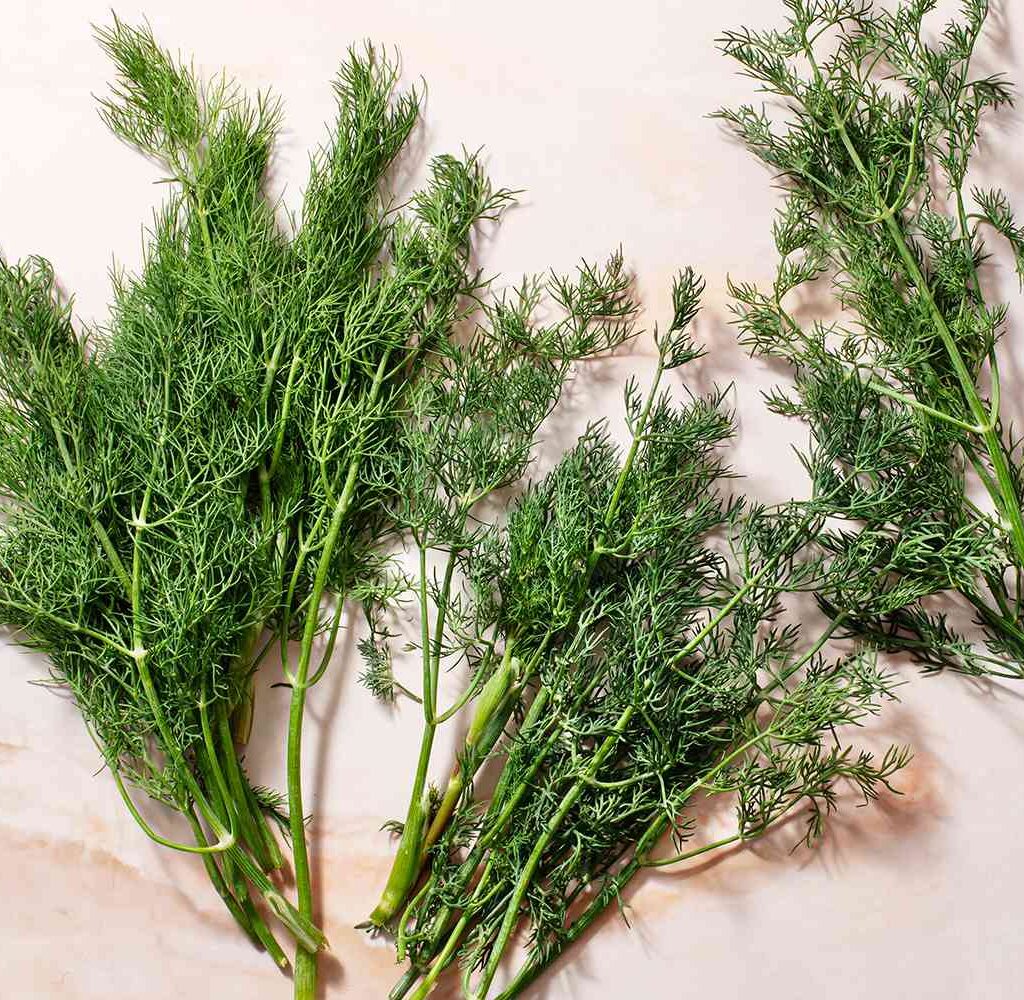
Dill is an annual herb from the Apiaceae family, the same family as parsley, fennel, and celery. Both the feathery leaves (called dill weed) and the seeds are used for flavoring food. Dill is especially popular in Eastern European, Middle Eastern, Indian, and Scandinavian cuisines. It’s also a staple in pickling brines and is celebrated for its digestive and anti-inflammatory properties in folk medicine.
The herb grows best in cool climates with full sunlight and well-drained soil. It is relatively low-maintenance, which makes it an attractive crop for commercial and household cultivation.
Dill’s Economic Importance
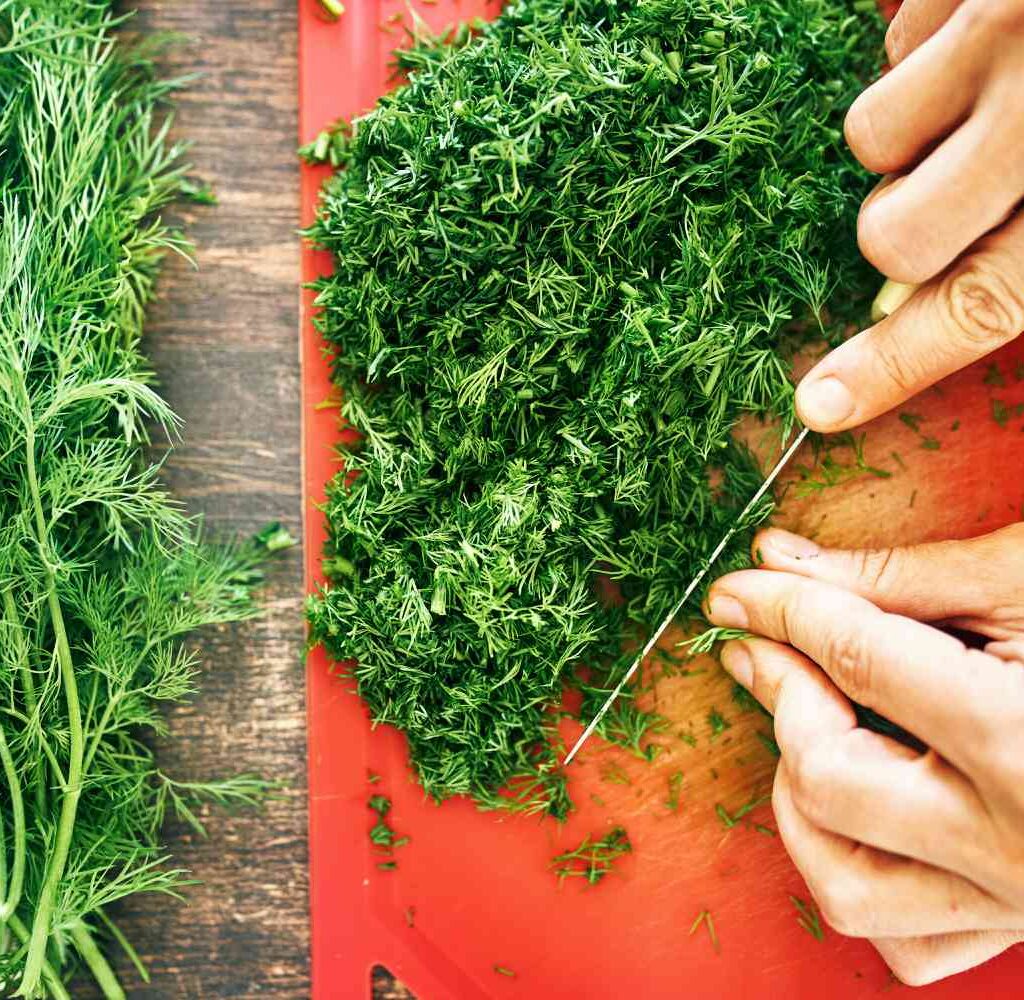
Dill is more than a garnish—it’s a cash crop in various regions. Its economic value comes from:
- Fresh and dried leaves sold in retail markets.
- Essential oils used in the pharmaceutical and cosmetic industries.
- Seeds that serve both culinary and medicinal functions.
- Export potential, especially for organic or dried dill in spice markets.
Global demand for dill continues to rise, driven by health-conscious consumers and an increasing interest in traditional and ethnic foods.
Global Dill Production: Key Players
While dill is grown across the globe, only a few countries dominate commercial production. These include:
- India
- Egypt
- Turkey
- Ukraine
- Russia
- Iran
- United States (California and Washington)
- Poland
Each of these countries contributes to the global supply, but there is one that stands out above the rest.
India: The Largest Dill Producer in the World
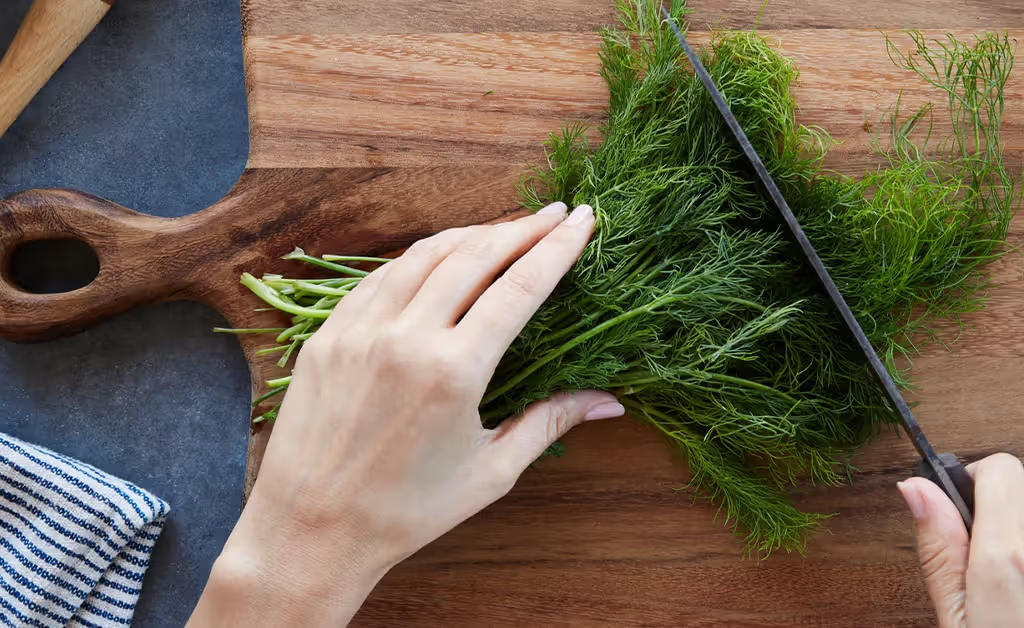
India holds the crown as the largest producer of dill in the world. With vast stretches of arable land, diverse agro-climatic zones, and a strong tradition in herb cultivation, India has turned dill into a commercial success.
1. Major Growing Regions
India primarily cultivates dill in the western and central parts of the country. The major dill-producing states include:
- Rajasthan – Particularly in districts like Barmer, Jaisalmer, and Jodhpur.
- Gujarat – Regions like Junagadh and Jamnagar are major contributors.
- Madhya Pradesh and Maharashtra – Also contribute, though on a smaller scale.
These areas offer the dry, semi-arid climates and sandy-loam soils ideal for dill growth.
2. Production Statistics
According to the Indian Ministry of Agriculture and Farmers Welfare, India produces thousands of metric tonnes of dill annually, both for domestic use and export. Although exact figures fluctuate year by year, India consistently ranks number one globally.
India’s dominance is especially notable in seed production, with the country exporting dill seed in bulk to spice markets across Europe, the Middle East, and the United States.
3. Farming Practices
Indian dill cultivation is typically done in the rabi (winter) season. The crop is mostly grown under rain-fed or low-irrigation conditions, making it cost-effective and sustainable. Indian farmers often intercrop dill with cumin, coriander, or fenugreek to optimize land use and improve yields.
Why India Leads the Dill Market
Several factors contribute to India’s position as the top dill producer:
1. Agro-Climatic Conditions
India’s climate is well-suited for dill, especially in the western dry zones where high sunlight and less rainfall help in producing aromatic, high-oil-content seeds.
2. Low Cost of Production
The relatively low cost of labor and inputs in India makes dill farming economical, allowing for large-scale production even in marginal lands.
3. Traditional Usage
Dill has long been used in Indian cuisine and Ayurvedic medicine, providing a strong domestic market and ensuring consistent cultivation practices.
4. Export Infrastructure
India has a well-developed spice export network, centered around major ports like Mumbai, Mundra, and Chennai. Indian dill reaches markets in Germany, UAE, the U.S., and beyond.
Other Major Producers
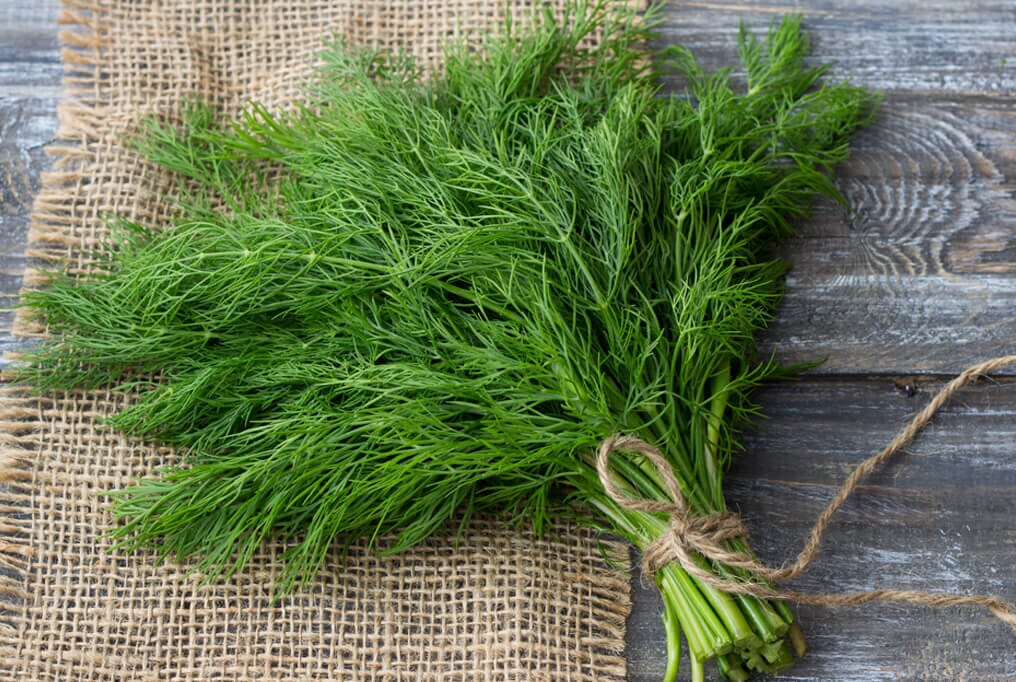
Egypt
Egypt is one of the largest exporters of dill to Europe. The country has invested in herb farming due to its year-round growing season and proximity to European markets.
Turkey
Turkey produces dill mainly for domestic use and nearby export markets. Turkish dill is highly aromatic and often grown organically.
Russia and Ukraine
Both countries have large-scale agriculture sectors and produce dill in significant quantities. Dill is integral to traditional Slavic dishes, and fresh herbs are common in local diets.
Iran
Iran grows dill extensively and uses it widely in Persian cuisine. It exports a moderate amount to Gulf countries and Central Asia.
United States
In the U.S., dill is cultivated on a smaller scale in California and Washington. Most production is for fresh consumption or the pickling industry.
Global Trade and Export Trends

The international market for dill is dynamic. India, Egypt, and Turkey are the primary exporters of dill seeds and dried leaves. European countries—especially Germany, France, and the UK—are the major importers due to their food processing industries.
In recent years, the global organic herb market has expanded, creating new opportunities for dill producers to tap into premium price segments.
Challenges in Dill Production
Despite its growth, dill farming comes with challenges:
- Short shelf life of fresh dill limits export opportunities unless processed quickly.
- Pest issues, especially aphids and powdery mildew.
- Fluctuating global prices influenced by climate events and export policies.
- Lack of mechanization in countries like India leads to labor-intensive farming.
To maintain leadership, producing countries need to invest in cold storage, drying facilities, and better seed varieties.
The Future of Dill Production
The global demand for herbs like dill is on the rise, thanks to trends in wellness, ethnic cuisines, and organic food. India is poised to retain its top position with strategic investments in quality control, sustainable farming, and marketing.
Agri-tech innovations such as precision farming and solar drying units are already being adopted in some regions, enhancing yield and shelf life. Countries like Egypt and Turkey are also scaling up their production to meet rising global demand.
Conclusion
Dill, though modest in appearance, is a globally significant herb that plays a major role in culinary, medicinal, and agricultural landscapes. India emerges as the world’s largest dill producer, leading the charge with favorable climates, low-cost farming, and a well-established export infrastructure. As global markets continue to expand, India and other key players must innovate and adapt to maintain their competitive edge in this growing industry.
For researchers, agronomists, and culinary enthusiasts, understanding the dynamics of dill production offers valuable insights into how herbs influence economies, diets, and cultures worldwide.
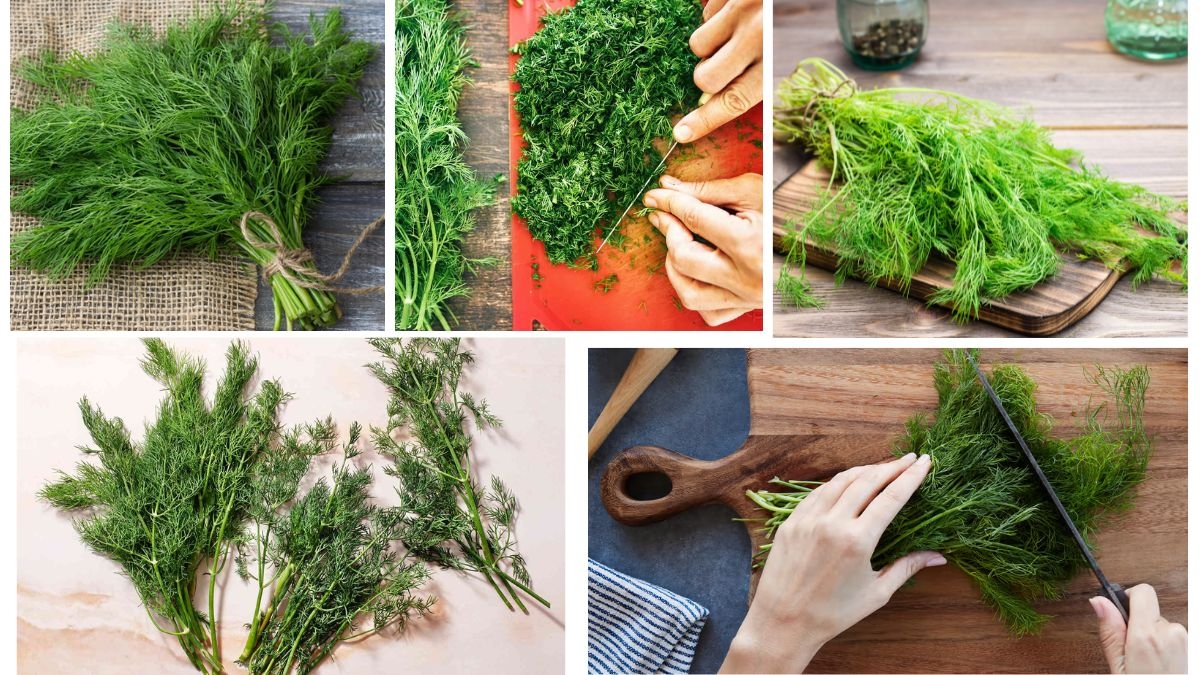
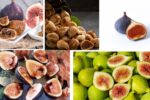
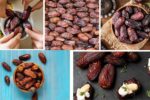

Leave A Comment